According to statistics, 58% of forest fires are caused by the carelessness of humans and the remaining fires are started by lightning strikes. Most would agree that forest fires are devastating and dangerous to communities and those whose job it is to fight these fires. But do forest fires also contribute to a sustainable ecosystem?
Due to mild winters the mountain pine beetle, which would normally die off in extremely cold conditions, are thriving in our forests and have become one of the biggest contributors to our forest fire conditions. They have infected and killed more than ten million acres of trees within B.C. alone. The dead tinder-dry trees left in their wake, when added to dried underbrush and pine needles on the forest floor, act as fuel when lightning strikes.
However, in spite of the devastation caused and the economic cost, forest fires are a natural phenomenon and will continue to happen. Researchers say they play an important role by returning valuable nutrients to the soil. Fire is a natural part of a healthy forest ecosystem assisting in the reduction of the build-up of dead and decaying leaves, logs and needles that accumulate. It also reduces the forest canopy and allows sunlight to stimulate new growth from seeds.
Some trees such as the lodgepole pine and jack pine have evolved because of nature’s fires. During the intense heat from these blazes the cones open and release their seeds onto the forest floor, which has been made rich in nutrients by the ash left behind. Within months of a fire, the forest has already begun its rejuvenation process with new seeds taking root in an area that is now clear of debris.
For this reason, in places such as Banff National Park and the forest areas around Windsor and Toronto, “prescribed” and “controlled” fires are set. Although it is a common practice, it is also considerably controversial. Timber in British Columbia is considered a highly valuable resource and burning down trees does not make sense to a lot of people.
Canada’s Aboriginal people used these “controlled” fires to clear grasslands as did the early settlers to clear their homesteads. Some farmers still use this practice to renew the growth of grass for their livestock. “Prescribed” fires are considered to be one way to prevent future and more devastating fires.
The cost of forest fires is horrendous both economically and emotionally. It is estimated that approximately two million per day is spent on firefighting. And often people lose not only their homes and possessions, but their jobs as well.
During British Columbia's devastating fire season of 2003 and 2004, lessons were learned and people began to take precautions. A fishing lodge which was in the path of the Lonesome Lake fire, was spared because the owners set up sprinkler systems. However, a 100-year-old pioneer homestead in British Columbia was not so fortunate as their sprinkler system was set up too late to save the old family homestead.
Another tragic loss during this particularly bad fire season, were sixteen of the eighteen formerly restored trestles of the historic Kettle Valley Railway in the Myra Canyon area of the Okanagan. The railway spans some of the most challenging mountainous terrain in British Columbia and made fighting the fire extremely dangerous and treacherous.
Firefighters, some professional but many with little training, deal with monumental difficulties. In our mountainous British Columbian terrain, it is often difficult for those firefighters fighting on the ground. While helicopters and water tankers are used to contain fires by dropping retardants, it is the men on the ground who really put out the fires.
Visibility is also a major problem for firefighters and pilots due to smoke lying over the fire making it difficult for helicopters to get in and out to deploy the crews. It also places parachuting firefighters into extremely dangerous positions.
Firefighters also have to deal with adverse weather conditions created by the burning fire where the air around the fire heats and rises pulling in surrounding air and a wind pattern emerges from the cycle. “Flame lanes” will often be 400 feet above the trees taking huge chunks of trees and throwing them hundreds of feet.
As more and more people move outside the larger populated areas and live nearer to our forests, there is an increased risk of human-related fires and of people losing their homes because of their proximity to the forests.
For those living close to forested areas, some practical suggestions for protecting their families and homes include: that buildings be made of fire-resistant materials such as metal, slate, tile, asphalt shingles and non-combustible siding and that homeowners have a 10 meter zone of green grass around their buildings and a further 20 meters of fire resistant plants such as broad-leaf deciduous trees, low shrubs and ferns. They also suggest that people clear away twigs, debris and other combustibles from their property.
Tinder-dry forests, unrelenting hot weather, winds, careless humans or lightning strikes every year threaten people, property and our forests. Prevention is the first line of defense. Fire prevention becomes everyone’s responsibility.
Subscribe to:
Post Comments (Atom)

























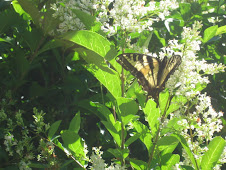















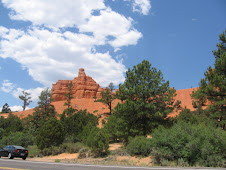
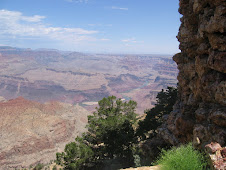
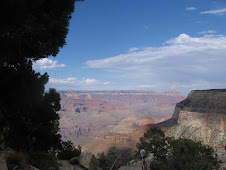
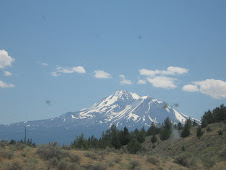



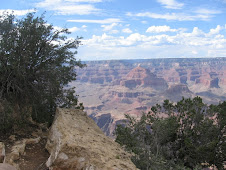
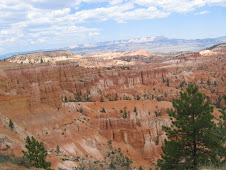




























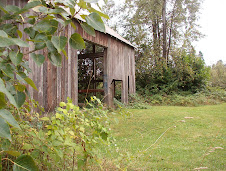




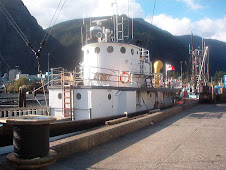

No comments:
Post a Comment